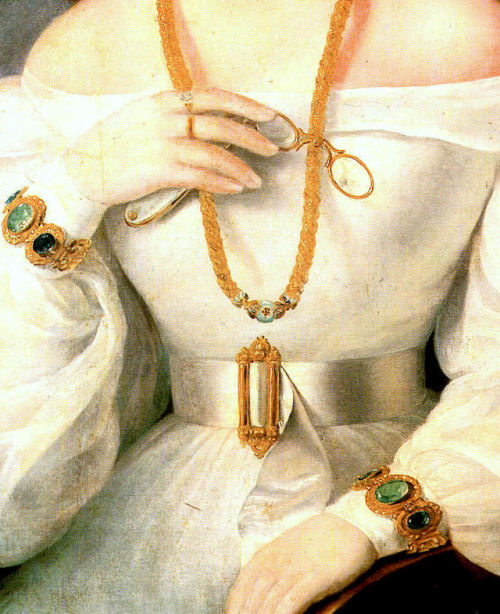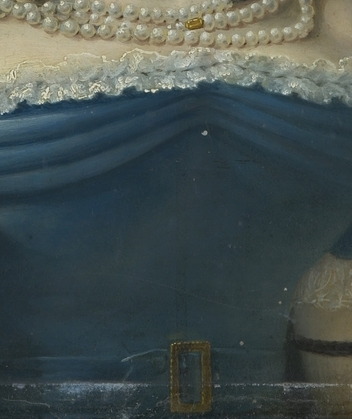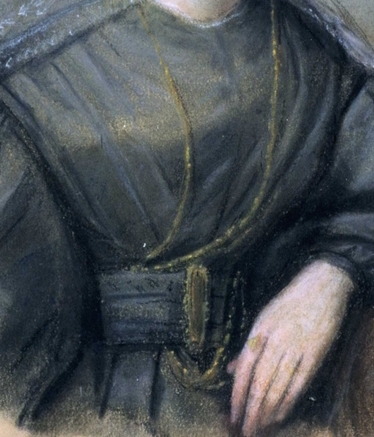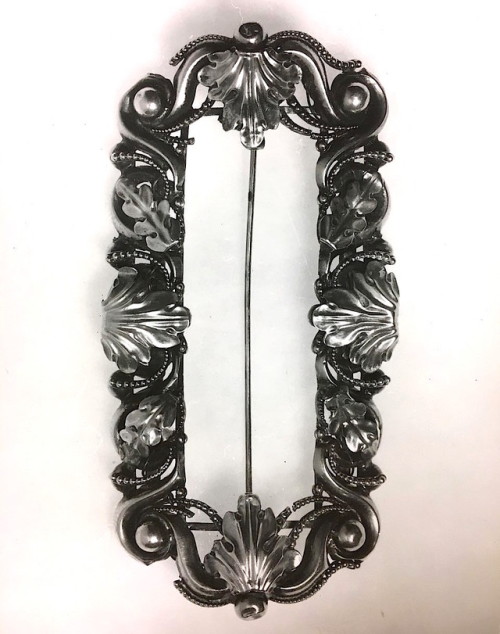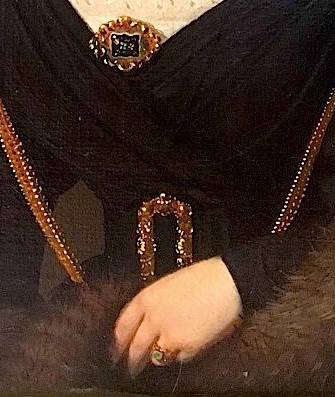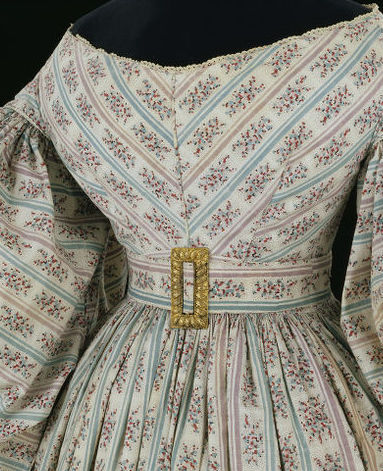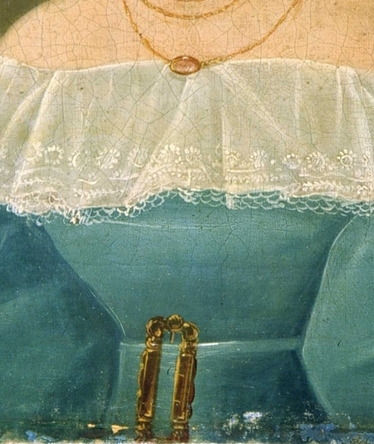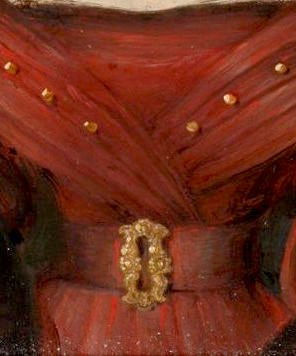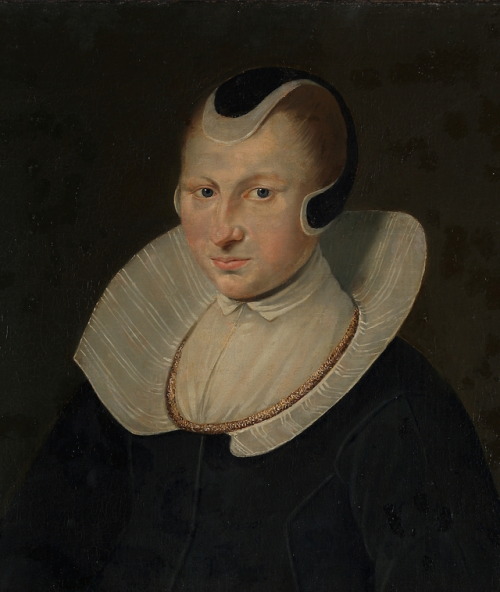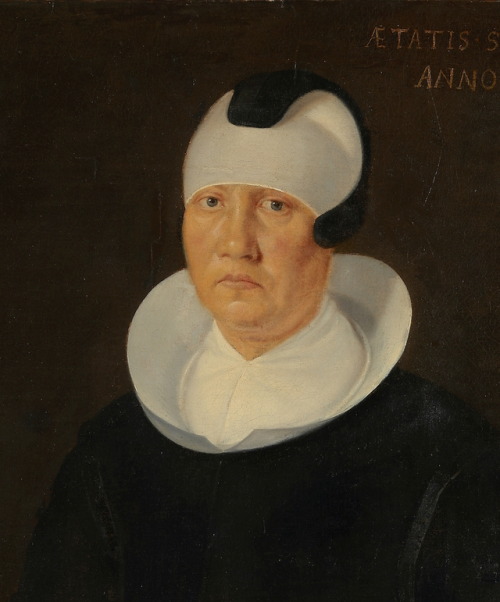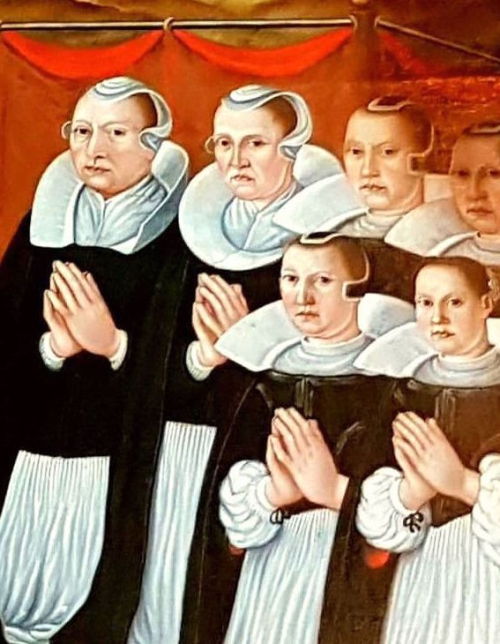#oslo museum
One of the most typical Romantic era fashion details I know of is the big, quadratic belt buckle women wore to emphasis their waist.
After some decades of a raised waistline and column-like silhouette, narrow waists once again came into fashion, helped by a new hourglass shaped corset that further underlined the shape. And the big buckle was the the finishing detail, the exclamation point. Here’s some examples.
- “Portrait of a Woman”, 1831, by Miklós Barabas (unknown location)
- “Portrait of Eleonore Thulstrup”, early 19th century, by Jacob Munch (Oslo Museum, OB.00484)
- “Portrait of Christine Kemp Keilhau”, 1835, by Johan Görbitz (Oslo Museum, OB.00258)
- Ribbon belt and golden buckle on a pigeon blue dress, 1830s (from Cora Ginsburg auctions)
- Golden buckle, 1827 (private collection)
- “Portrait of Juliane Elise Larpent”, 1827, by Aument (Linderud gård, Oslo). Here she is wearing the very buckle seen in photo 5.
- Golden buckle and belt made of the same fabric as the dress, 1830-34 (Victoria and Albert Museum, London, T.168&A-1915)
- “Portrait of Henriette Hansen”, 1831, by Richter W. (Oslo Museum, OB.00049)
- “Portrait of Paula Schedius”, 1834, by Carl Rahl (unknown location)
Post link
A photoset of the most peculiar historical fashion I know of:
The Danish/Norwegian fashion for women from the 1630-70. A key feature is the “bluetooth” like headgarb, the last stage of the wired hood worn in the Renaissance (seen in the lower right depiction). By the mid 17th century it was reduced to a flat, three-flap linen cap with a black exterior, and it was reserved for married women only. Seeing a woman wearing such a hood in a large family depiction means you either see the wife or a married daughter.
Other key features is the large white collar turned up towards the head or out over the shoulders, heavily starched, plus the short black jacket emphasizing the belly. A white apron is also often worn. Another interesting feature is that the style is often accented with red, in lining, undergarbs or jewellery. It recreates the popular “tricolor” combo of antiquity: black, white and red.
Post link

